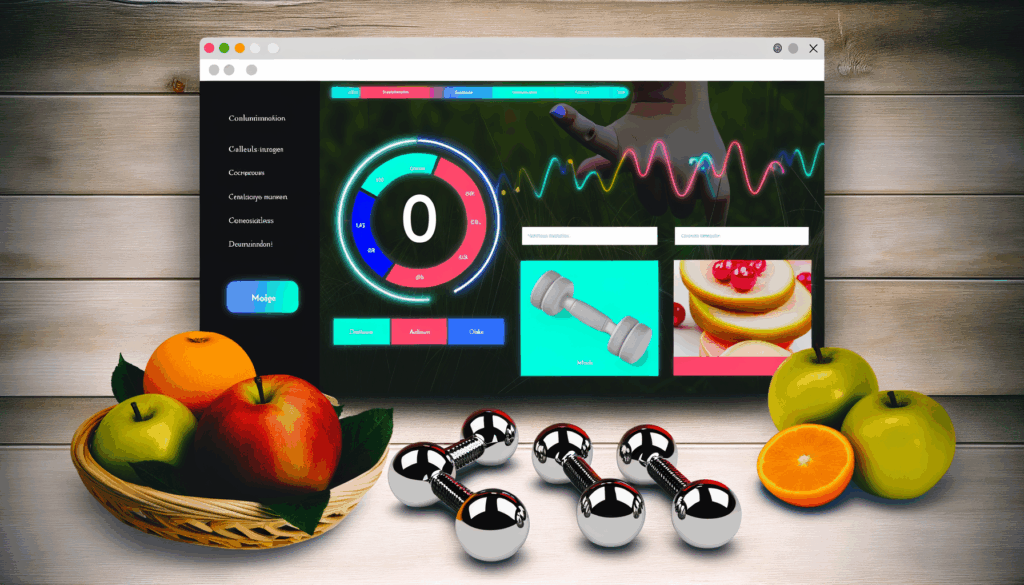Understanding Calorie Needs for Various Exercise Types
When it comes to maintaining a healthy lifestyle, understanding the calorie needs associated with different types of exercise is crucial. This knowledge helps in planning your nutrition and ensuring you meet your energy expenditure requirements. In this guide, we will delve into the calorie needs for various exercise types, providing you with actionable information to enhance your fitness journey.
Why Calorie Needs Matter
Calorie needs vary significantly based on the type and intensity of the exercise, as well as individual factors such as age, sex, and physical activity level. For instance, the American Heart Association recommends at least 150 minutes of moderate-intensity aerobic activity or 75 minutes of vigorous aerobic activity per week for adults. This guideline is essential for maintaining overall health and well-being.
Types of Exercise and Their Caloric Expenditure
Let’s break down the calorie expenditure for different types of exercises to help you plan your workouts and nutrition accordingly.
### Aerobic Activities
Aerobic activities are a cornerstone of any fitness regimen. Here are some common aerobic exercises and their approximate caloric expenditure per hour for a 160-pound (73 kg) person:
- Brisk Walking: 314 calories per hour
- Biking (less than 10 mph): 292 calories per hour
- Swimming (light or moderate): 423 calories per hour
- Aerobics (low-impact): 365 calories per hour
- Running (5 mph): 606 calories per hour
### Strength Training
Strength training is equally important for overall fitness and muscle health. While it may not burn as many calories during the activity itself, it helps build muscle mass, which can increase your resting metabolic rate, helping you burn more calories at rest.
For example, weight lifting (general) burns approximately 180 calories per hour for a 160-pound person, while weight lifting (vigorous) can burn up to 252 calories per hour.
### High-Intensity Activities
High-intensity activities are excellent for those looking to maximize their calorie burn in a shorter amount of time. Here are a few examples:
- Rowing (stationary, vigorous): 255 calories per 30 minutes
- Elliptical Trainer (general): 270 calories per 30 minutes
- Running (6 mph): 495 calories per 30 minutes
Nutrition Planning Based on Calorie Needs
To effectively plan your nutrition, you need to consider your overall calorie needs based on your activity level. The 2015-2020 Dietary Guidelines provide estimated calorie needs per day for different age and sex groups at various levels of physical activity.
For example, an active adult male aged 21-25 may need between 2,800 to 3,000 calories per day, while an active adult female in the same age group may need between 2,200 to 2,400 calories per day.
Real-World Examples and Case Studies
Let’s consider a real-world example to illustrate how understanding calorie needs can impact your fitness goals. Suppose you are a 30-year-old male who is moderately active and aims to lose weight. You decide to increase your physical activity by adding brisk walking and strength training to your routine.
Using the Calorie Calculator Cloud, you can estimate your daily calorie needs and plan your diet accordingly. For instance, if you aim for 300 minutes of moderate aerobic activity per week, you might need to adjust your daily calorie intake to ensure you are in a calorie deficit while still providing your body with enough energy to support your workouts.
Gradual Increase in Activity and Intensity
It’s crucial to increase your physical activity gradually to avoid injury and ensure sustainability. The American Heart Association suggests starting with small, achievable goals and gradually increasing the amount and intensity of your workouts over time.
For example, if you are new to running, you might start with brisk walking for 30 minutes a day and gradually incorporate short bouts of running into your routine. This approach helps your body adapt and reduces the risk of overexertion.
Conclusion and Next Steps
Understanding the calorie needs associated with different types of exercise is vital for effective nutrition planning and achieving your fitness goals. By incorporating a mix of aerobic activities, strength training, and high-intensity exercises into your routine, you can ensure you are meeting your energy expenditure requirements.
Remember to use tools like the Calorie Calculator Plans to estimate your daily calorie needs accurately. Start making healthy changes today by sitting less, moving more, and planning your nutrition wisely.
So, what are you waiting for? Let’s get moving and make healthier choices for a better tomorrow!








